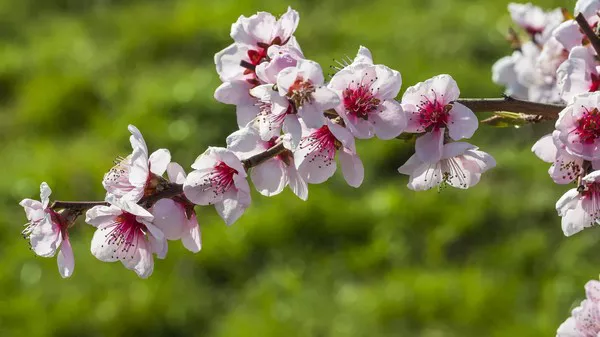A rare bamboo species, Phyllostachys nigra var. henonis, which is spread across Japan, is on the brink of flowering for the first time in a century and two decades, with significant implications for the nation’s ecology and economy.
This long-awaited flowering event is anticipated to occur in 2028, although the precise consequences remain uncertain.
Phyllostachys nigra var. henonis, commonly referred to as henon bamboo, has its origins in China but has been under cultivation in Japan since the 9th century. It is one of the most prevalent bamboo varieties in Japan, where bamboo forests cover approximately 1700 square kilometers.
All bamboo species are “monocarpic,” meaning they bloom only once in their lifetime, after which they wither. While some bamboo species bloom after a few years, others endure for decades. Notably, Phyllostachys nigra var. henonis has an extraordinarily lengthy flowering cycle of 120 years, with the last significant flowering event occurring in 1908.
Because this last flowering event took place so long ago, scientists remain uncertain about the bamboo’s regeneration process.
In 2020, researchers at Hiroshima University encountered a stand of henon bamboo that was flowering prematurely. They established a research plot to monitor the bamboo’s germination process. Their findings were published in PLOS One, revealing that the bamboo plants produced seeds, but none of them developed into new bamboo plants.
Toshihiro Yamada, the first author of the study, noted, “The bamboo did not produce any viable seeds that can germinate. Bamboo shoot production was stopped after flowering. There was no sign of regeneration of this bamboo after flowering for the initial three years.”
This suggests that the bamboo’s regeneration is challenging. However, the researchers highlight that this notion contradicts the species’ survival in Japan for over 1,000 years since its introduction from China. They propose various theories for how the bamboo regenerates, including the possibility of underground organs that enable regrowth.
Nonetheless, when the henon bamboo eventually perishes in 2028, it is expected to regenerate slowly. Yamada explained, “So, a bamboo stand will turn into a grassland after flowering, for at least several years. We may need to manage this drastic change after bamboo flowering.”
The researchers express concerns about the economic and environmental repercussions of this dieback. The dieback could result in significant economic losses, as Phyllostachys nigra var. henonis plays a crucial role in Japanese society, serving as a source of craft materials and edible bamboo shoots.
Furthermore, the dieback could lead to drastic alterations in vegetation, land cover, substantial biomass loss, and soil erosion. The researchers suggest potential preventive measures, such as fertilization and the establishment of new bamboo stands. They also note that the dieback could offer opportunities, as henon bamboo tends to invade forests and farms. However, controlling its spread and removing established stands are complex and labor-intensive tasks.


